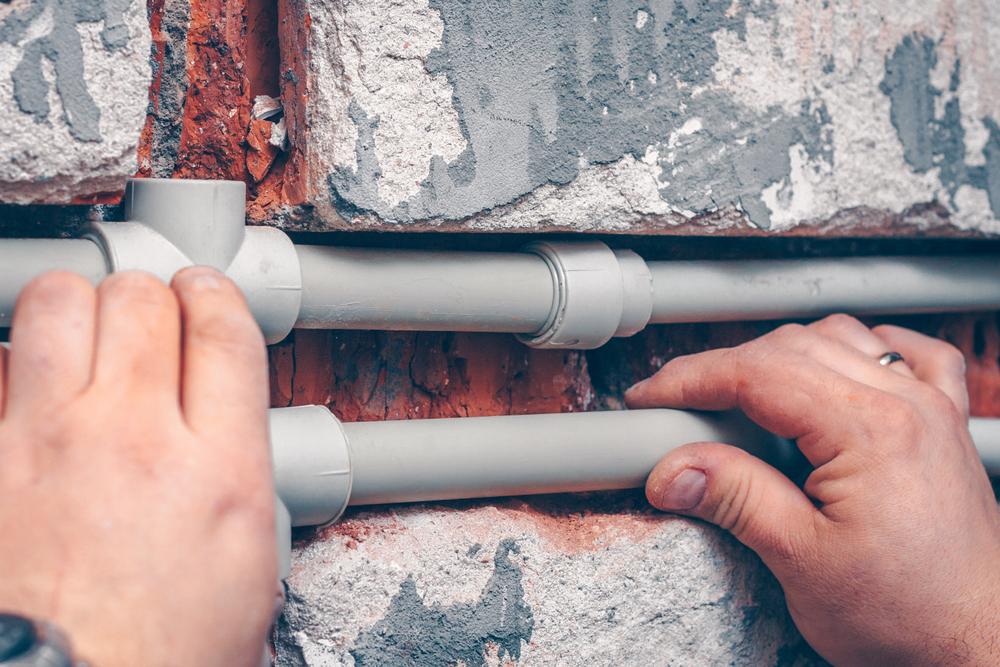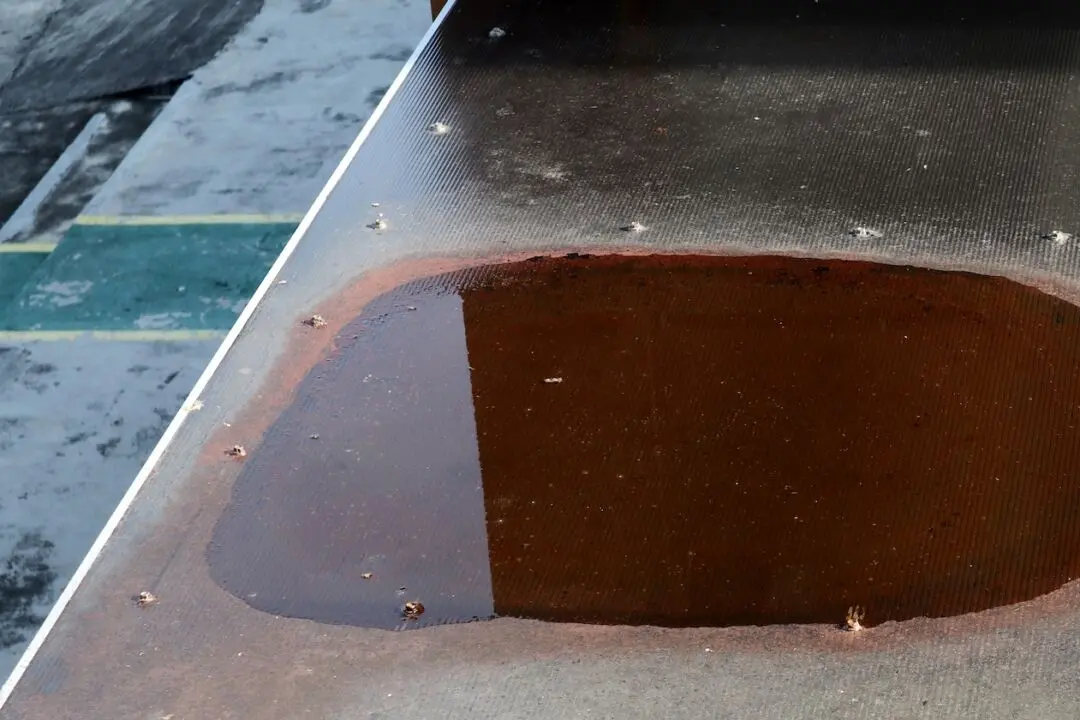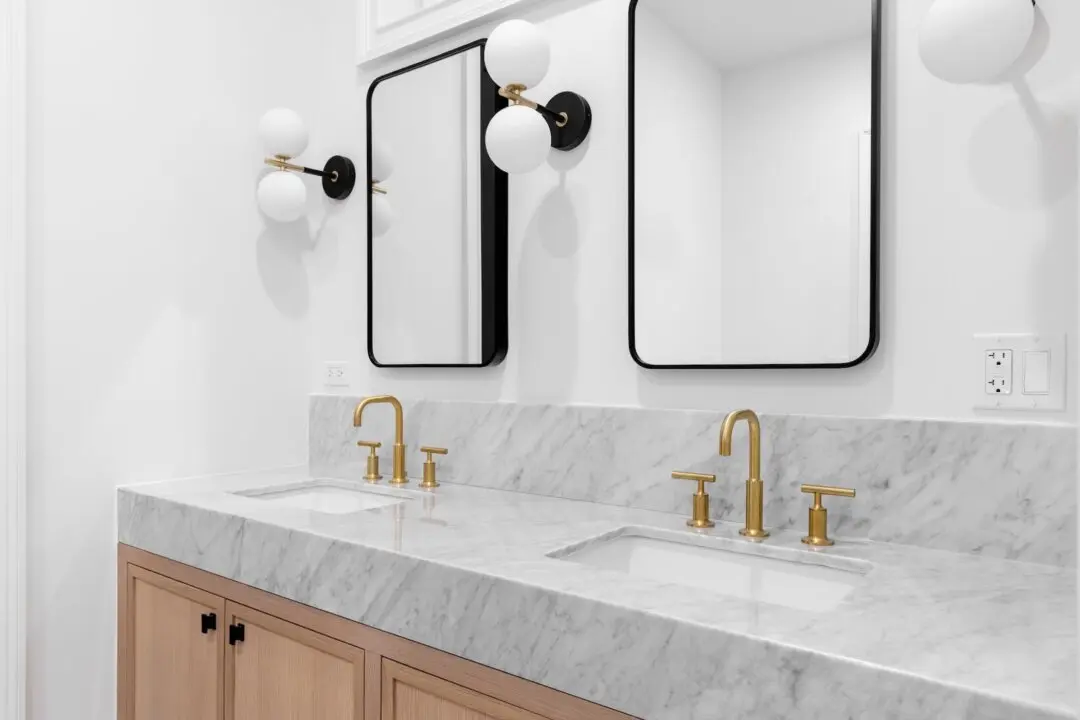Dear James: I have never had much luck with solder copper plumbing, so I would prefer to use plastic plumbing for my house renovation. Can plastic pipe be used everywhere in the house? —Charlie D.
Dear Charlie: Copper pipe is best for the supply side of the plumbing, but plastic pipes can be used everywhere in place of copper. They are ideal for a do-it-yourself project. Typical white polyvinyl chloride, or PVC, pipe is almost always used for drain, vent, and waste lines today. It is not a strong material, so it cannot be used where pipes will be under pressure.
For the hot- and cold-water supply lines that are under pressure, use rigid chlorinated polyvinyl chloride, or CPVC, plastic pipe. Check the printing on the pipe to make sure it is CPVC. In order to distinguish it from white PVC drain pipe, the CPVC pipe often is gray. Gray polybutylene pipe also is sometimes used for the supply lines.





